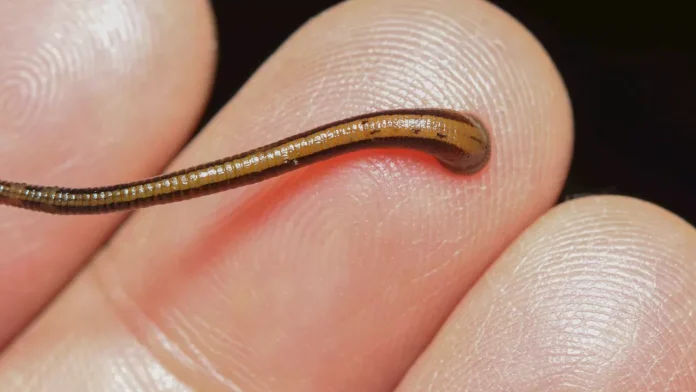A new blood drawing device that is painless but more reliable than a finger prick has been developed by Zurich researchers to help doctors circumvent two major problems when taking blood samples, ETH Zurich reports.
Fear of pricks is a real thing and can lead to sudden exhaustion, fainting and dehydration. On the other hand, the classic finger prick device from your childhood has never really been a reliable tool because it draws too little blood and gives inaccurate measurement results.
Researchers at ETH Zurich have developed a new device for taking blood samples. It works on the leech principle and is less invasive than drawing blood from the arm with a needle. It is also easy to handle and can be used by people without a medical background. Although the new device cannot collect as much blood as a needle, it can collect significantly more than a finger prick. This increases the reliability of diagnostic measurements.
ETH researchers came up with the idea for the new device while developing something else: a suction cup that delivers drugs to the blood through the mucous membrane lining the inside of the mouth.
David Klein, a doctoral student in the group led by Jean-Christophe Leroux, Professor of Drug Formulation and Delivery at ETH Zurich, said:
For this earlier project, we had already studied leeches, which attach to their host with a sucker. We realised that we could develop a similar system to collect blood.
Once attached, leeches penetrate the host’s skin with their teeth. To suck blood from the wound, they create negative pressure by swallowing. The new device works in a very similar way: a suction cup measuring about two and a half centimetres is attached to the patient’s forearm or back. Inside the cup are a dozen micro-needles that pierce the skin when pressure is applied. Within minutes, the negative pressure in the suction cup ensures that enough blood is collected for use in diagnostic tests.
The new device is very economical to manufacture, Nicole Zoratto says, a postdoc in Leroux’s group. She led the work on this development and is the lead author of the study published in the journal Advanced Sciencecall. Zoratto also sees future applications for the new device in low-income regions such as sub-Saharan Africa, where it could play an important role in combating tropical diseases such as malaria. Malaria diagnosis involves taking blood from patients.
Another advantage of the new device is that the micro-needles are located inside the suction cup. This minimises the risk of injury during application and after disposal compared to blood collection with conventional needles.
In the current version of the leech-like device, the suction cup is made of silicone and the micro-needles hidden inside are made of steel. However, researchers are in the process of developing a new version made with fully biodegradable materials to create an environmentally friendly product.
